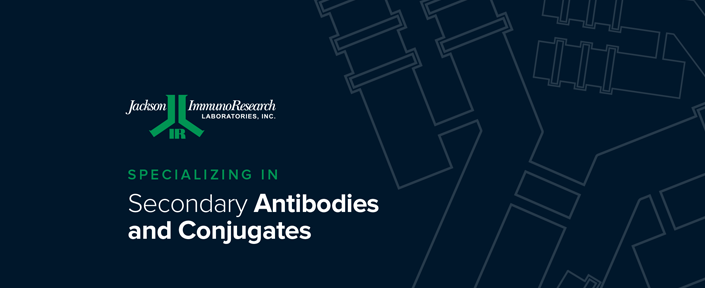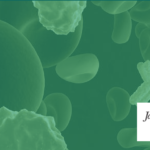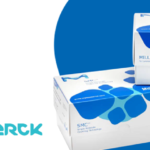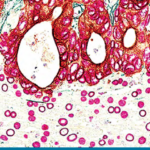Looking for antibodies to develop a serological test?
Products are for professional/laboratory use only. Serological tests are key assays for many health issues including disease diagnosis, monitoring and management. Immunoassays are among the most powerful and sensitive serological tests available based on highly specific binding between antibodies and antigens enabling qualitative and quantitative detection of analytes even at low concentrations.
High-quality reagents are essential when manufacturing any serological kit to produce accurate and reliable data. The quality and characteristics of anti-human secondary antibodies are crucial considerations when developing an immunoassay. Secondary antibodies are preferred as they bind multiple epitopes on one primary antibody which enhances the signal for higher sensitivity and selectivity. When choosing an anti-human secondary antibody, it is important to consider the species in which the primary antibody was generated and to use a secondary antibody that has minimal cross-reactivity to that species.
Jackson ImmunoResearch Laboratories Inc, specialises in providing secondary antibodies for immunological applications. Their wide range of products enables laboratories to select the most suitable secondary antibody for the development of serological tests.
Table 1. Considerations when choosing the appropriate secondary antibody characteristics in an immunoassay and features of Jackson ImmunoResearch products with regard to those considerations.
|
Consideration |
Jackson ImmunoResearch Secondary Antibodies |
|
|
Host Species |
Serological tests for human samples should use Anti-Human Secondary Antibodies to minimize non-specific binding, which can lead to high background signals and false positives. |
Anti-Human Secondary Antibodies are developed in a range of host species including alpaca, donkey, goat, mouse and rabbit. |
|
Product type |
Secondary antibodies are available as whole immunoglobulin (Ig)G, F(ab’)2 and Fab fragments. Whole IgG antibodies are often sufficient, but F(ab’)2 and Fab fragments are useful to avoid binding to live cells with Fc receptors. |
Secondary antibodies are available as whole IgG and F(ab’)2 and Fab fragment formats. |
|
Specificity |
Depending on the specificity of the immunoassay required, secondary antibodies can be made to be specific to the whole Ig, Fc or F(ab’)2 domain. |
Anti-Human Secondary Antibodies offer specificity for whole Ig, Fc and F(ab’)2 domains. |
|
Isotype |
Most immunoassays test for IgG isotypes, which constitute ~75% of the total serum Ig and are produced as part of the secondary immune response. However, IgM and IgA can be used, as these function in the primary immune response and protect mucus membranes, respectively. It is important that the secondary antibody has specificity for the isotype of the primary antibodies. |
Products are available with specificities to IgG, IgM, IgA, IgG+IgM and IgG+IgM+IgA. |
|
Affinity purification and cross-adsorption |
Due to the high structure conservation in Ig domains, it is recommended to use class or species specific secondary antibodies that have been affinity purified and cross-adsorbed to reduce the possibility of cross-reaction. |
Immunoaffinity chromatography is used to isolate affinity-purified antibodies. Antibodies can be purchased which have been cross-absorbed against species and these details are provided in the parentheses of the product description with the term “min X” followed by abbreviations for the relevant species. |
|
Conjugate |
Secondary antibodies are often conjugated to a reporter molecule e.g. an enzyme, fluorescent probe, or colored particle. The detection system of the immunoassay will determine the type of conjugate. |
Anti-Human Secondary Antibodies are available unconjugated or conjugated to a range of reporter types, including biotin, alkaline phosphatase, horseradish peroxidase, fluorophores and colloidal gold nanoparticles. |
References
- O’Connell, K. (2018). What is Serology?
- Vashist, S.K, et al. (2018). Handbook of Immunoassay Technologies: Approaches, Performances and Applications.
- Assaygenie.com. (2020). COVID-19 Rapid POC CE-IVD Test (25 Tests).
- Globalbiodefense.com. (2020). FDA Pandemic Response: States Can Now Approve COVID-19 Diagnostics, Serology Testing.
- Tait, B.D. (2016). Detection of HLA Antibodies in Organ Transplant Recipients – Triumphs and Challenges of the Solid Phase Bead Assay. Frontiers in Immunology.







